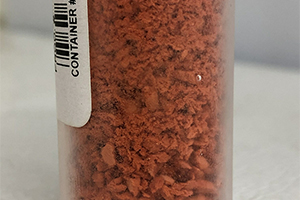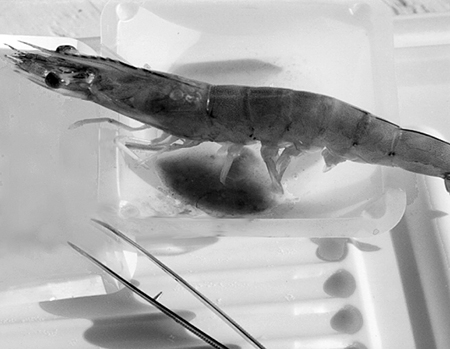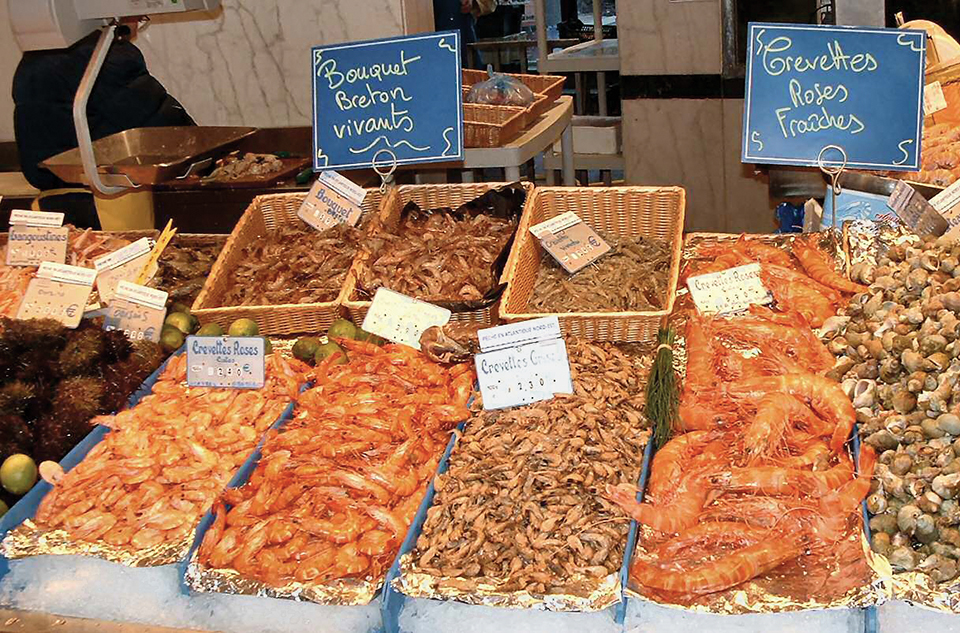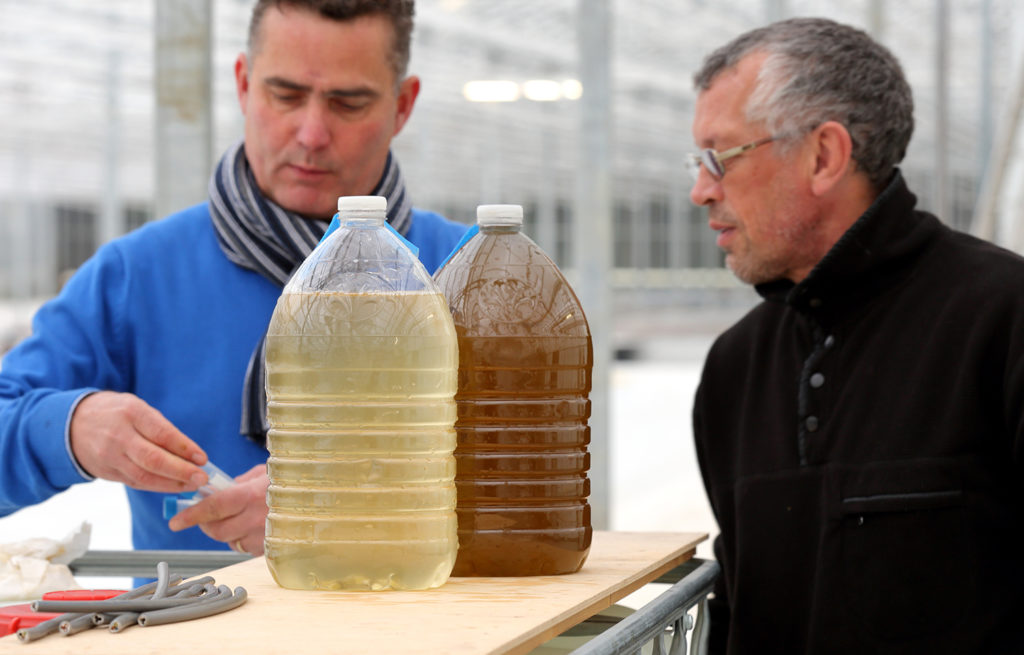California company aims to take a strong position in what projects to be a $2.3 billion market for carotenoids

NovoNutrients, a biotechnology company and manufacturer of sustainable proteins for aquatic and terrestrial livestock feeds, announced a new step in its carbon capture process, claiming it captures two tons of carbon dioxide for every ton of carotenoid-rich flour, or microbial meal, that it produces.
The company utilizes carbon dioxide and renewable energy through gas fermentation. The manufacturing process for a microbial meal is similar to what is used to make tofu, beer, cheese and yogurt. Using a natural fermentation process to capture and convert carbon dioxide and other forms of waste carbon, a customizable configuration of hydrogen-oxidizing bacteria and other food-grade microbes, which get energy from a hydrogen source, rapidly consume the carbon-hydrogen mixture in a bioreactor to generate specific products: bioplastics, chemicals or a biomass that serves as a nutritious animal feed ingredient.
Carotenoids function as antioxidants and are natural pigments found primarily in plants and marine organisms, creating bright colors, like the orange in carrots or the red in tomatoes. Its biomanufacturing platform has cost, scalability and sustainability advantages over other methods of carotenoid production, according to Jo Ritter, CTO of NovoNutrients.
“Before we get to the opportunities for people, our nutritional proteins enhanced with carotenoids can be blended into feeds for dogs, cats, egg-laying hens, salmon, shrimp, koi and other ornamental and aquaculture fish,” said Ritter.
“Our custom strains and process conditions enable us to fine-tune the production of specific carotenoids. Having the same natural structure as those found in organisms like krill, our carotenoids can alleviate concerns over the impact of overfishing crustaceans in the Antarctic ecosystem.”
A new nutrient for aquaculture, from microbes that consume carbon waste
Citing research from Expert Market Research, the carotenoid market is projected to reach U.S. $3.2 billion by 2027. NovoNutrients expects to sell its natural carotenoid product – often valued at $7,000 per kilogram – at synthetic product levels, which are at about $2,000 per kilogram. After successfully producing carotenoids at a 1 percent weight percentage and in kilogram quantities, NovoNutrients is starting to scale up production to metric ton quantities.
Follow the Advocate on Twitter @GSA_Advocate
Now that you've reached the end of the article ...
… please consider supporting GSA’s mission to advance responsible seafood practices through education, advocacy and third-party assurances. The Advocate aims to document the evolution of responsible seafood practices and share the expansive knowledge of our vast network of contributors.
By becoming a Global Seafood Alliance member, you’re ensuring that all of the pre-competitive work we do through member benefits, resources and events can continue. Individual membership costs just $50 a year.
Not a GSA member? Join us.
Author
Tagged With
Related Posts

Health & Welfare
Carotenoids, retinoids modulate ovarian development in Litopenaeus vannamei
The levels of carotenoids in commercial shrimp feeds are generally insufficient to reach the physiological levels needed for critical bioactive functions.

Health & Welfare
Alfalfa concentrate: natural shrimp color enhancer
Adding alfalfa concentrate containing natural carotenoids and pigments to the finishing diets of shrimp can enhance coloration of shrimp after cooking.

Innovation & Investment
Algae innovators aim to freeze out early-stage shrimp losses
A greenhouse in Belgium believes its innovative shrimp feed product, made from freeze-dried microalgae, packs the necessary nutrients for the crustacean’s most vulnerable life stage: the first three days of its life.

Innovation & Investment
Aquafeed opportunity attracts pioneers from fields afar
As business leaders switch focus from biofuels and energy to food security, one convert dubs the aquafeed opportunity a needed “redeployment” of knowledge.



